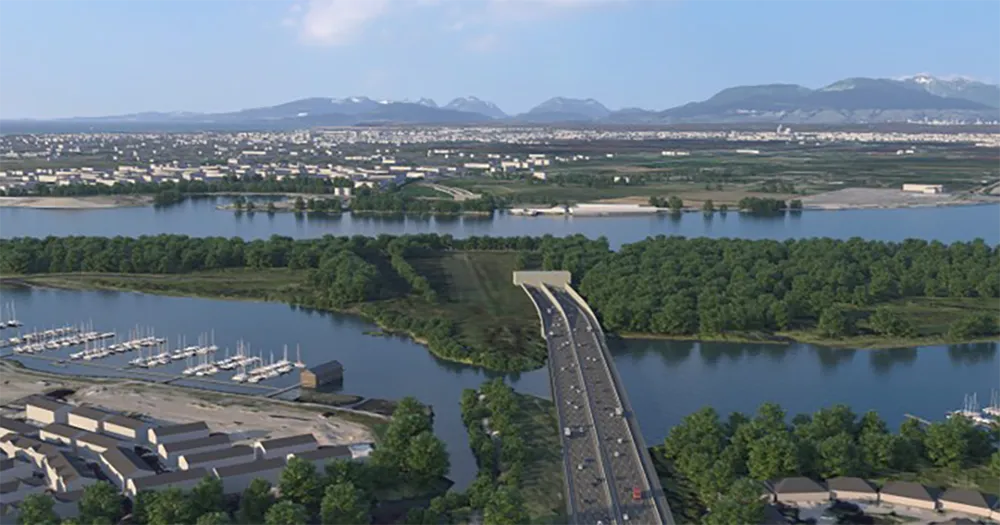Plans are moving forward in Turkey for the construction of a new highway project. Mott MacDonald has been named lenders’ technical advisor by the IC Ictas-Astaldi (ICA) consortium for a 60km section of the Northern Marmara highway. This deal is significant and the stretch forms the first of a number of phases of the highway. The project is being delivered under a 10 year, US$2.5 billion public-private partnership (PPP).
October 11, 2013
Read time: 2 mins

Plans are moving forward in Turkey for the construction of a new highway project. 2579 Mott MacDonald has been named lenders’ technical advisor by the IC Ictas-Astaldi (ICA) consortium for a 60km section of the Northern Marmara highway. This deal is significant and the stretch forms the first of a number of phases of the highway. The project is being delivered under a 10 year, US$2.5 billion public-private partnership (PPP).
The project involves the design, construction, maintenance and operation of the 60km dual four lane Northern Marmara highway between Odayeri and Paşaköy. It includes construction of 55km of connecting roads, 19 motorway junctions, 67 viaducts, and seven tunnels and a road/rail stay cable stiffened suspension bridge across the Bosphorus. The new bridge, designed by Michel Virlogeux and Swiss consultant T-Engineering, will be a combined road and rail suspension with a main span of 1.4km. It will be the first long span bridge to accommodate an eight lane highway and a two line railway on the same level, giving it a width of 59m. The structure will also have the world’s tallest towers, at over 320m.
Mott MacDonald will carry out a technical due diligence review of the project documentation produced by concession company ICA up to financial close. This will include a review of the transaction documents, design, construction methodology, operation and maintenance proposals, budget, programme, payment mechanism and risk analysis. Following financial close, Mott MacDonald will undertake construction and operations monitoring on behalf of lenders.
The new east-west route should alleviate congestion on existing routes across Istanbul, including the two existing bridges across the Bosphorus.
The project involves the design, construction, maintenance and operation of the 60km dual four lane Northern Marmara highway between Odayeri and Paşaköy. It includes construction of 55km of connecting roads, 19 motorway junctions, 67 viaducts, and seven tunnels and a road/rail stay cable stiffened suspension bridge across the Bosphorus. The new bridge, designed by Michel Virlogeux and Swiss consultant T-Engineering, will be a combined road and rail suspension with a main span of 1.4km. It will be the first long span bridge to accommodate an eight lane highway and a two line railway on the same level, giving it a width of 59m. The structure will also have the world’s tallest towers, at over 320m.
Mott MacDonald will carry out a technical due diligence review of the project documentation produced by concession company ICA up to financial close. This will include a review of the transaction documents, design, construction methodology, operation and maintenance proposals, budget, programme, payment mechanism and risk analysis. Following financial close, Mott MacDonald will undertake construction and operations monitoring on behalf of lenders.
The new east-west route should alleviate congestion on existing routes across Istanbul, including the two existing bridges across the Bosphorus.







